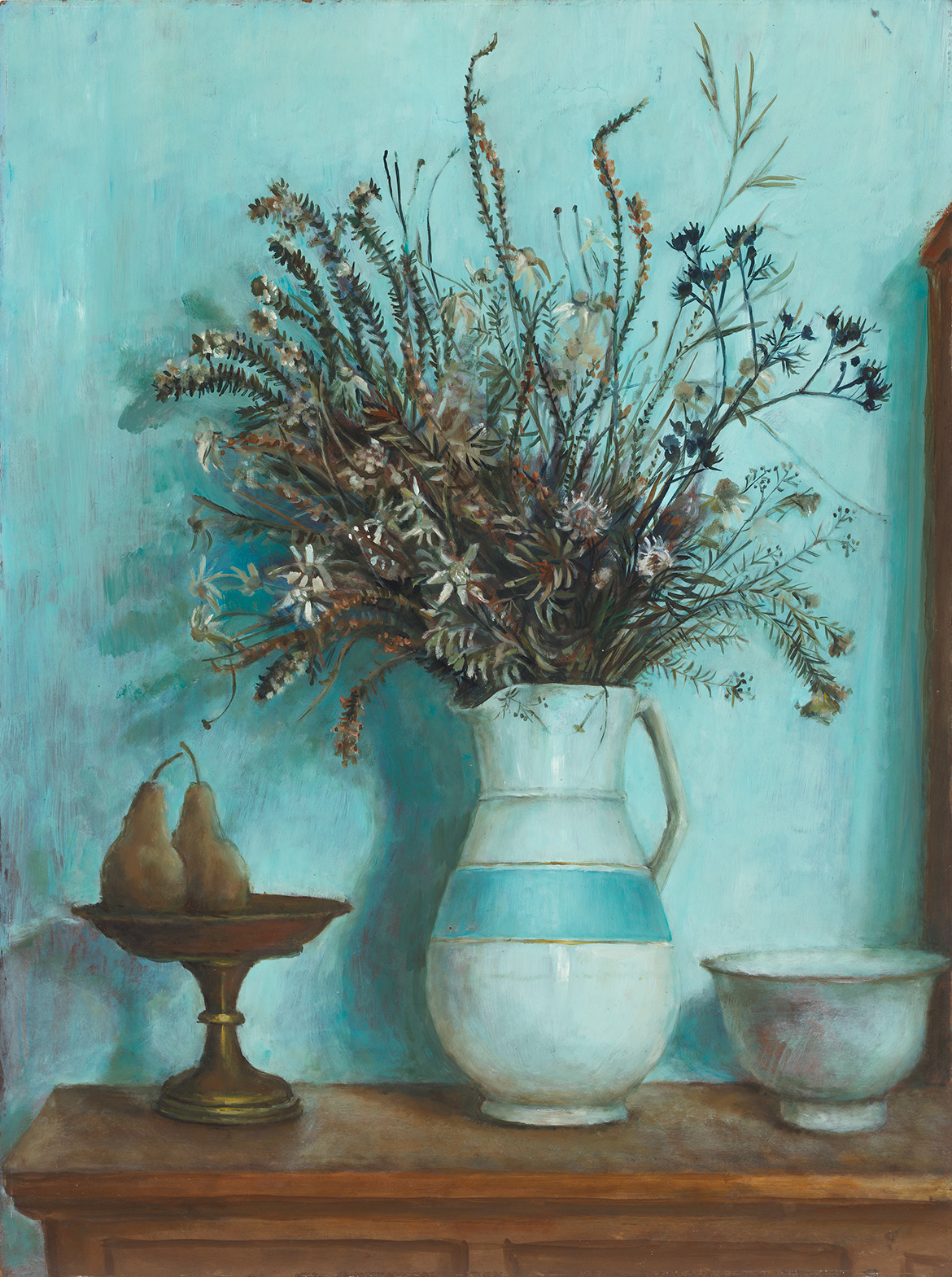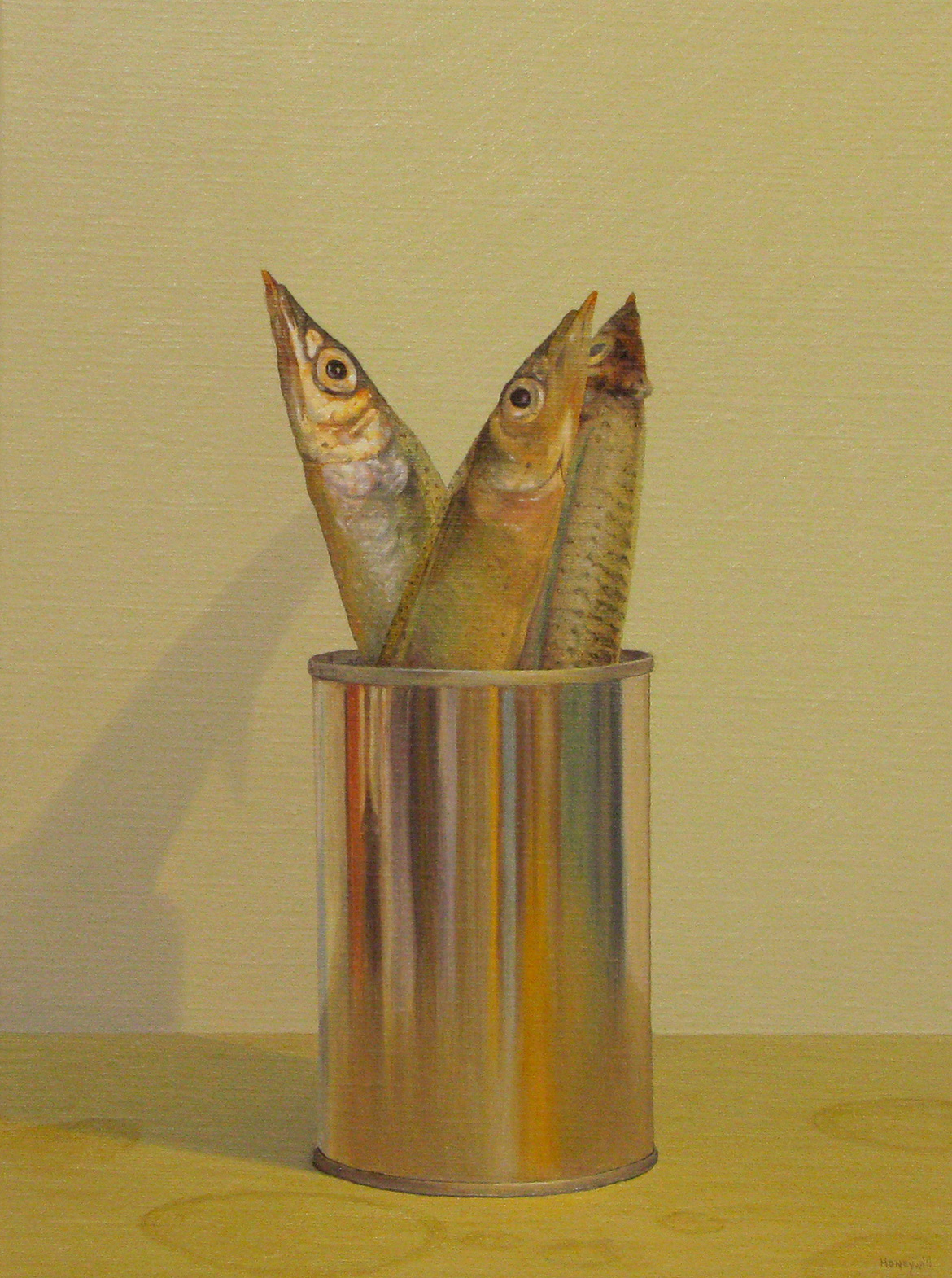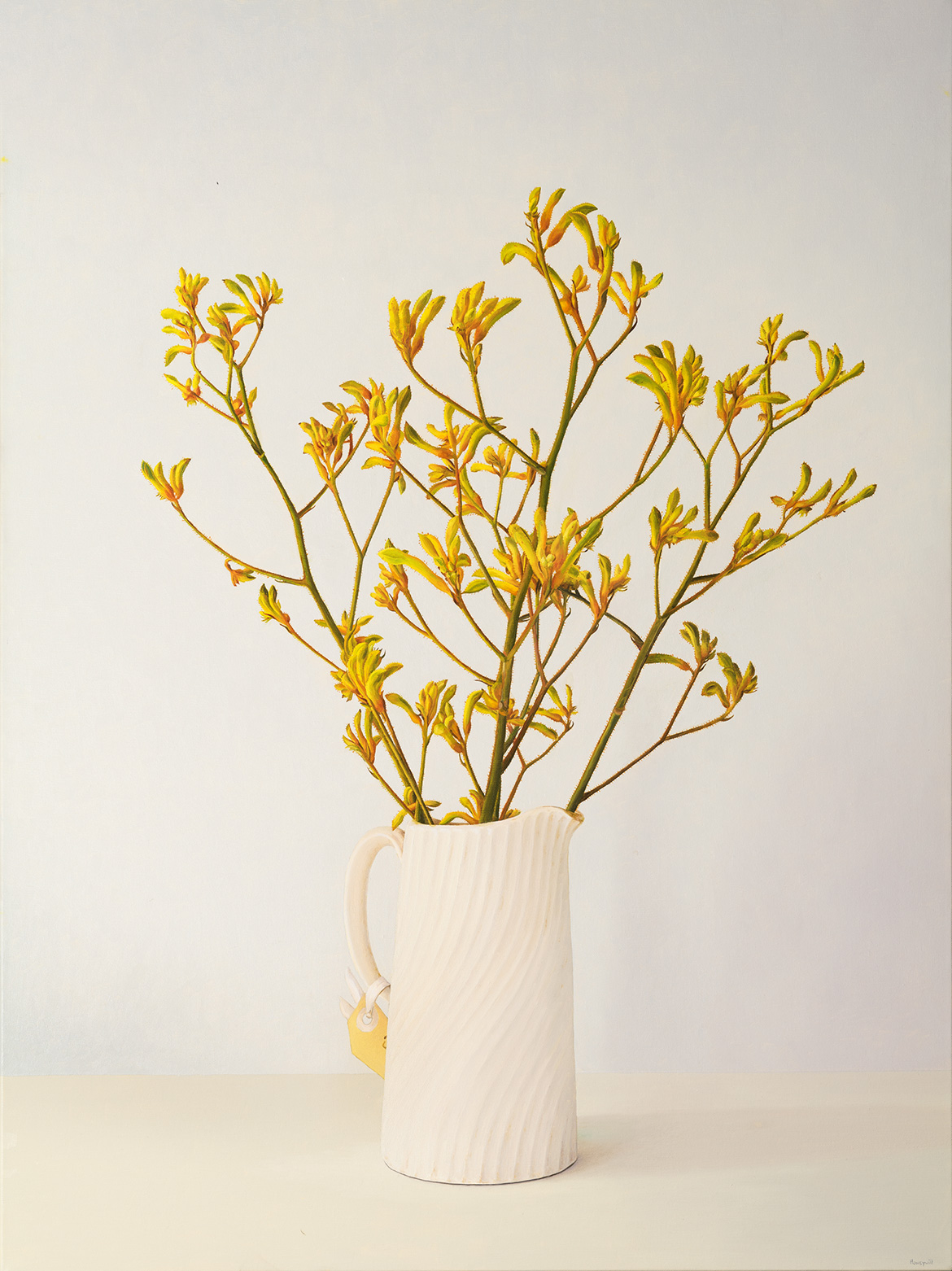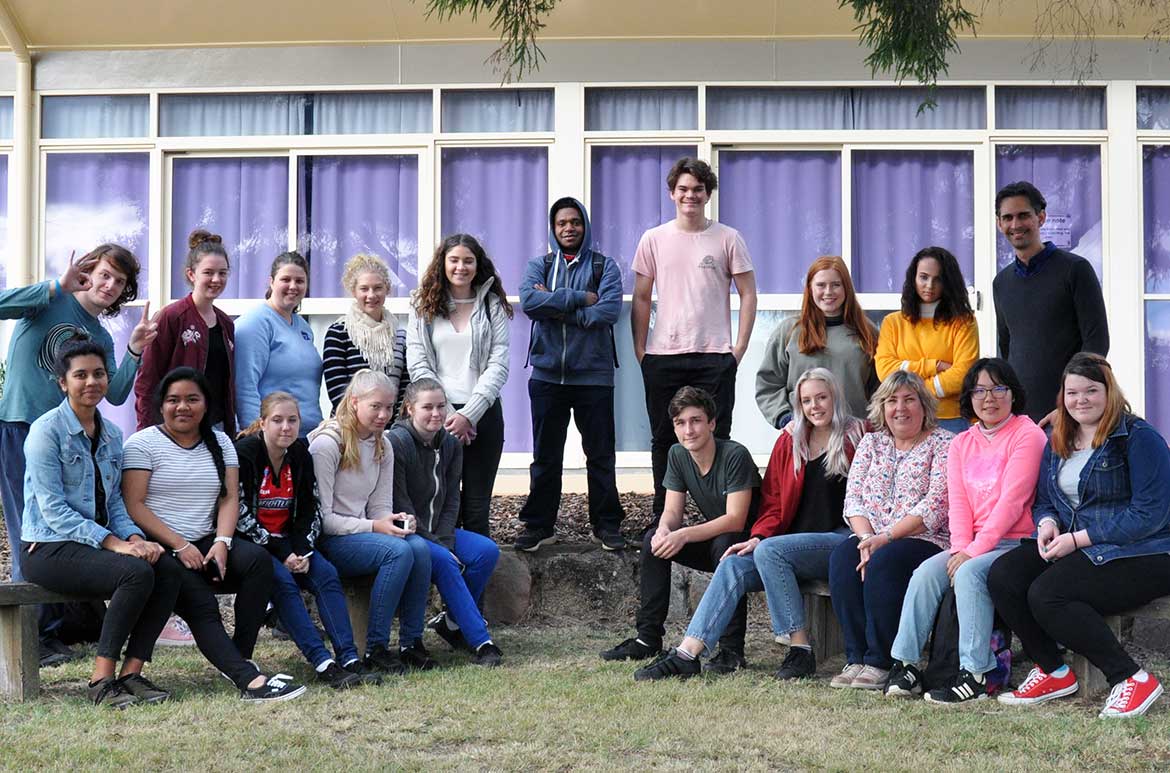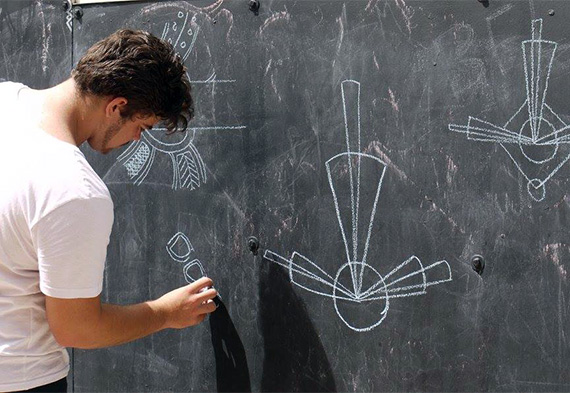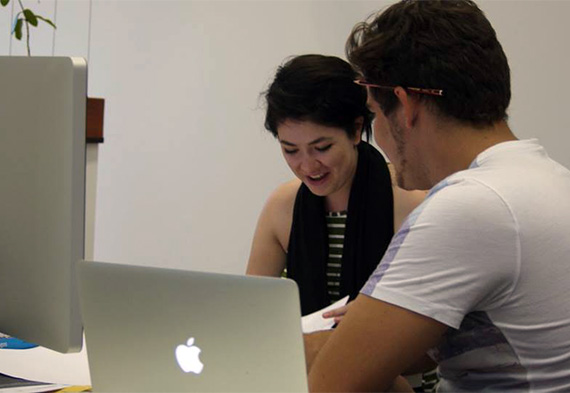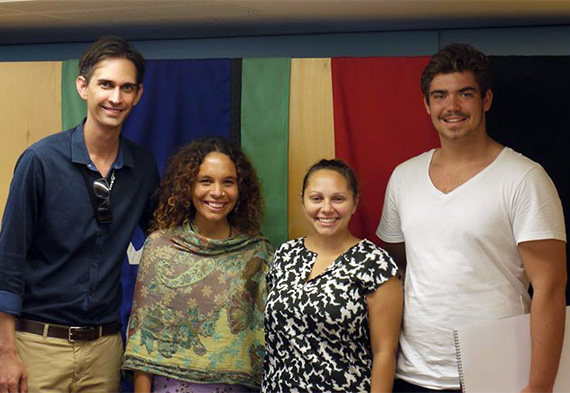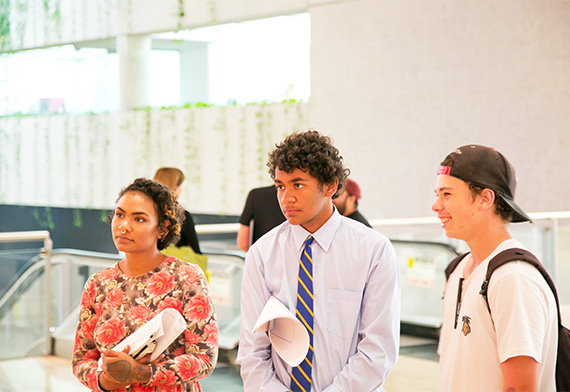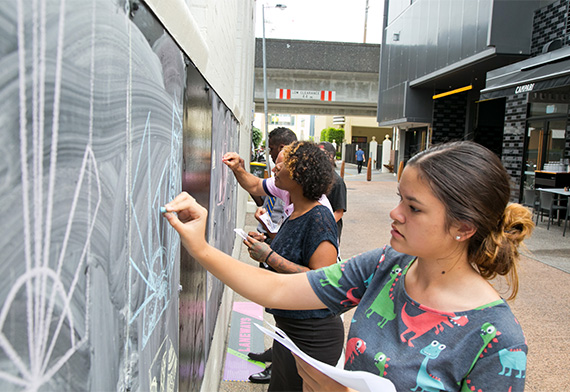QAGOMA Learning’s Art as Exchange program grew from extensive consultation with regional artists, galleries, and art educators from early childhood, primary, secondary and tertiary sectors. Since 2018, three Art as Exchange residencies have taken place: in the Bunya Mountains, on K’gari (Fraser Island) and at the Carnarvon Ranges.
QAGOMA’s Art as Exchange program, which aims to strengthen regional access to arts education, has generated collaboration, proposals and partnerships, commitments and actions. Each iteration takes place over a 48-hour period and involves deep engagement with art and ideas on sites of profound cultural, historical and ecological significance.
RELATED: Art as Exchange blogs
RELATED: Art as Exchange resource is designed to generate informed discussion about, and creative responses to the cultural, ecological, historical and contemporary significance of sites of tremendous importance to Queensland.
SIGN UP NOW: Subscribe to QAGOMA Blog for the latest announcements, acquisition highlights, behind-the-scenes features, and artist stories.

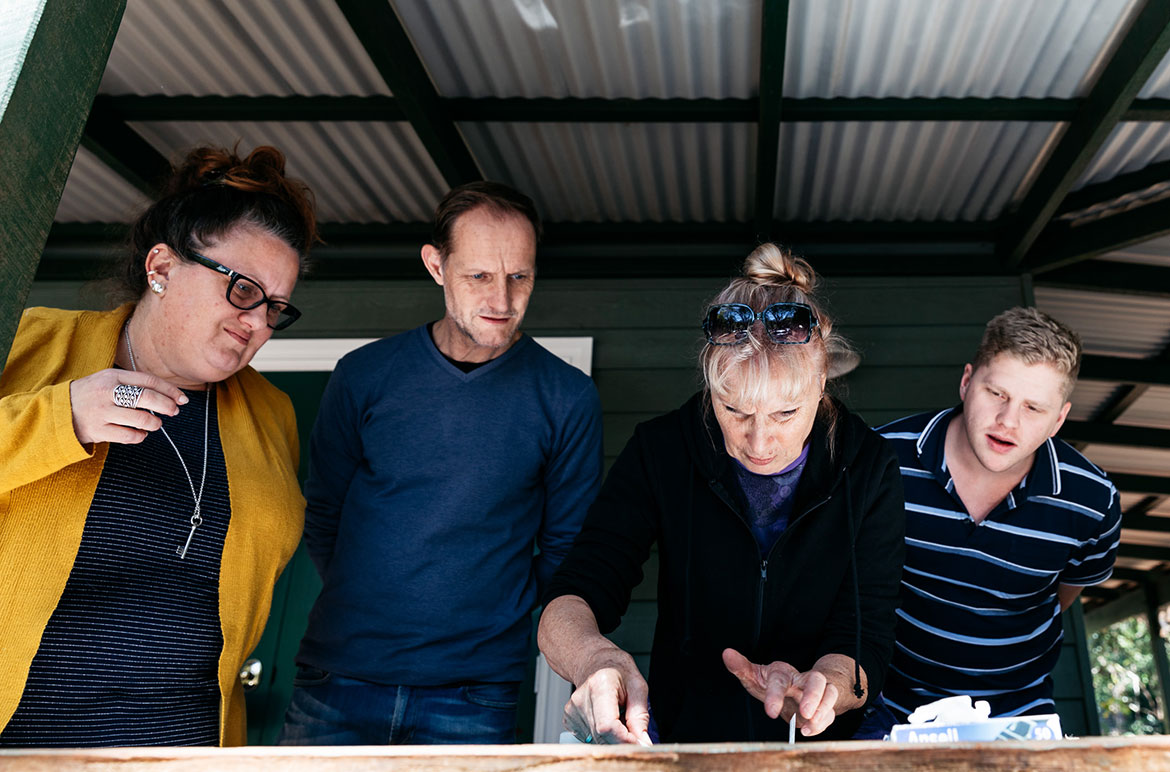
The Jurassic canopy of the Bunya Mountains is known as Indigenous Parliament in acknowledgment of the historical Bunya Gatherings, which hosted ‘people from as far south as the Clarence River in northern New South Wales, west to the Maranoa River and east to Wide Bay.1 The magnetism of the ancient site made for an ideal place to begin Art as Exchange. On the edge of regional council boundaries — each home to galleries, schools and artist studios — we were able to bring together arts workers, educators and artists from Toowoomba, Western Downs, South Burnett, Noosa and Moreton Bay regional councils, along with Uncle Mal Collinge and Aunty Lurlene Henderson (elders representing the Bunya People’s Aboriginal Corporation), Paul Dawson from the Bunya Mountains Murri Rangers Project, and printmaker Jennifer Sanzaro-Nishimura, joining us through Flying Arts Alliance Inc.

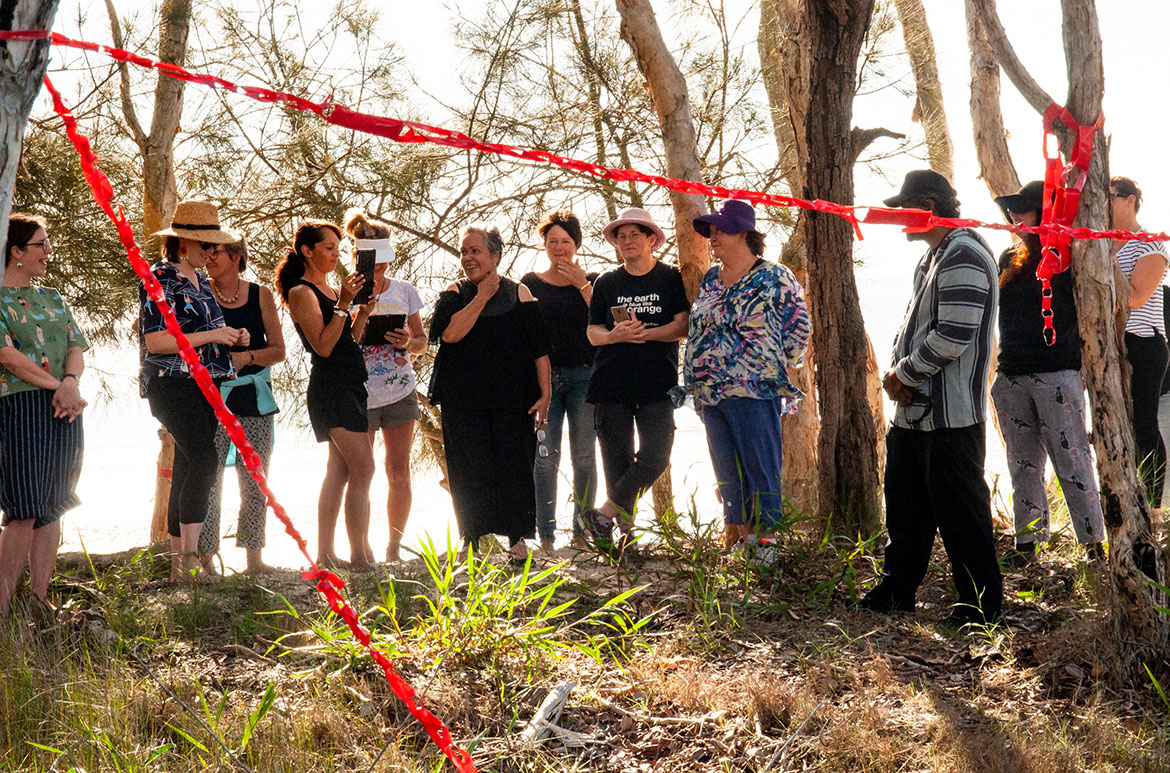
Art as Exchange then moved from the Bunya Mountains to Fraser Island, where the fresh water of Indigenous Parliament meets the salt water and sand dunes of Princess K’gari (Paradise). Badtjala artist Fiona Foley led the K’gari iteration of the program, where participants from Hervey Bay, Sunshine Coast, Bundaberg, Rockhampton and Gympie regional councils learnt about Foley’s practice, with particular focus on her knowledge of the island itself. The residency began with a smoking ceremony, arranged by the Butchulla Land and Sea Rangers and Elder Aunty Nai Nai Bird, and a welcome from Foley, whose clan are the custodians of the land on which our host venue, Kingfisher Bay Resort, is situated. Foley then led a collaborative workshop.
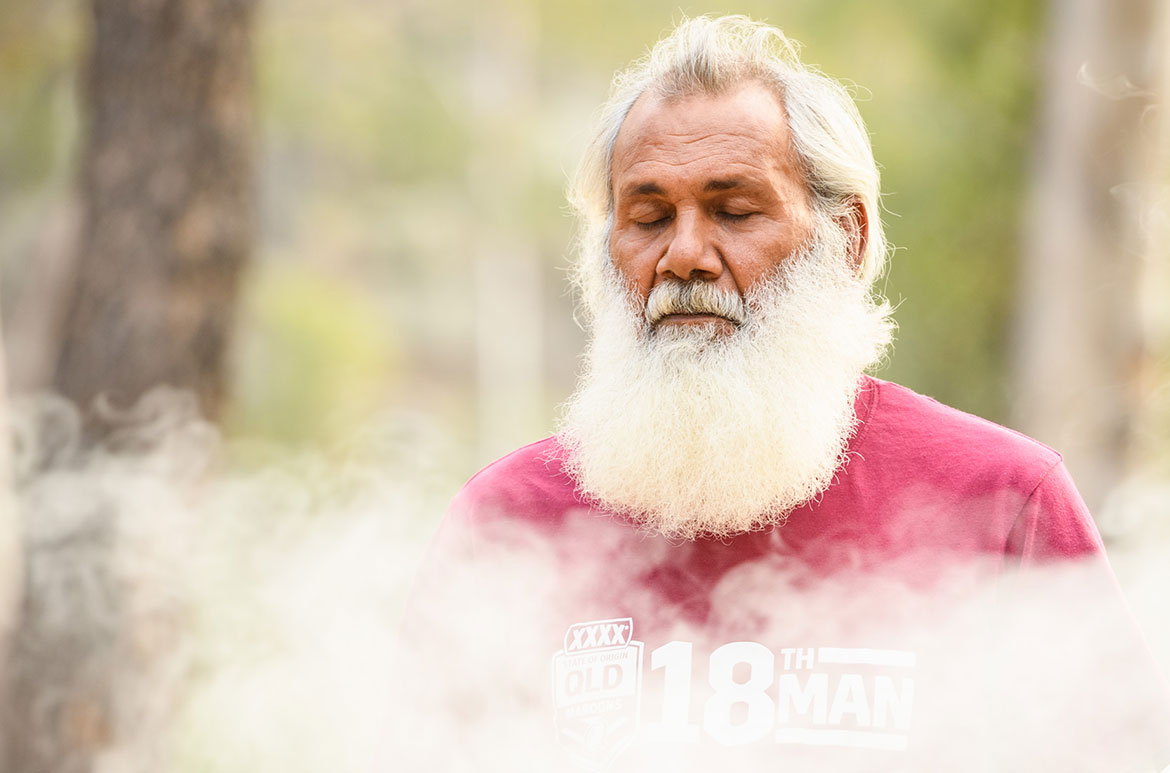

Bidjara/Ghungalu/Garingbal artist Dale Harding took Art as Exchange on board with generosity and gravitas, working closely with QAGOMA Learning staff to develop a program he later described as ‘radical’. Harding’s Uncle Milton Lawton, Ghungalu elder Uncle Steve Kemp, and participants from Maranoa Regional, Central Highlands Regional, Banana Shire and Woorabinda Aboriginal Shire Councils, came together at Wallaroo Outback Retreat — a remote venue on contested country, currently owned by proud pastoralists Justin and Pauline MacDonnell. The MacDonnells’ participation in the program added purpose and complexity that, in itself, was a form of localised reconciliation. On a riverbed in Carnarvon Gorge, participants used materials from the site — fresh water and watercolour paint made from local pigment, prepared by Harding — to depict their surrounds.
Art as Exchange has developed into a significant program for QAGOMA Learning. Participating regions have returned to their communities to share what they learned with local students, collaborated across regional boundaries, built on council arts and culture policies, and launched new residencies with possible exhibition outcomes. The relatively simple idea of bringing together leaders in art education from regional Queensland has proved to be catalytic for the communities they look to serve.
QAGOMA Learning will run Art as Exchange twice annually, with the next residency scheduled to take place in far north Queensland.
Terry Deen is Head of Learning, QAGOMA
Endnotes
1 Department of Environment and Science (Parks and Forests), Bunya Mountains National Park: Nature, culture and history https://parks.des.qld.gov.au/parks/bunya-mountains/culture.html, accessed 29 November 2019.
Hear artists tell their stories / Read about your Collection / Subscribe to YouTube to go behind-the-scenes / Know Brisbane through its Collection
Feature image: Artist Dale Harding (Bidjara, Ghungalu and Garingbal peoples) led an artist workshop in the Carnarvon National Park. Out of respect for the cultural significance of the site and in the awareness of mounting conservation issues, the group did not enter Carnarvon Gorge.
Photographs: Bunya Mountains: Joe Ruckli; Carnarvon Gorge: Chloë Callistemon; K’gari: Chloë Callistemon and Henri van Noordenburg
#QAGOMA
